20+ SAMPLE Client and Customer List
-
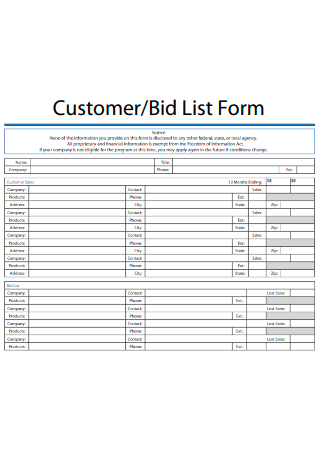
Customer & Bid List Form
download now -
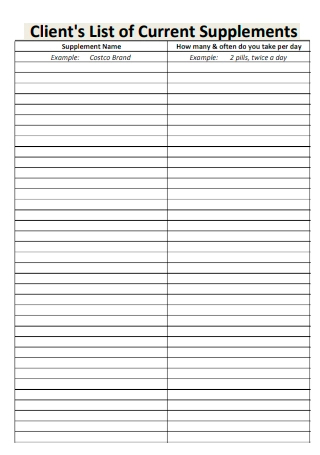
Clients List of Current Supplement
download now -
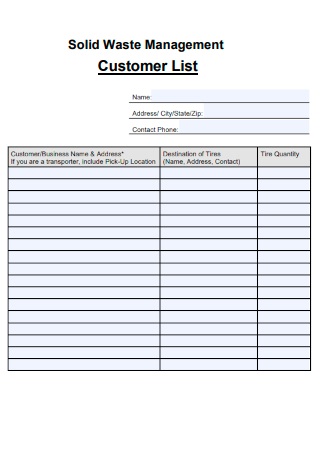
Solid Waste Management Customer List
download now -
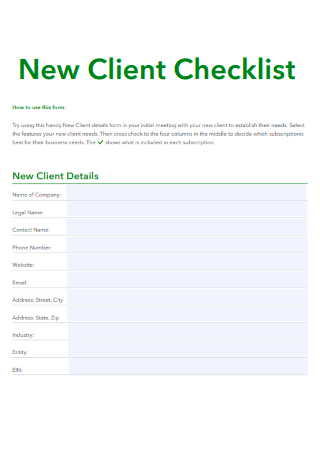
New Client Checklist
download now -
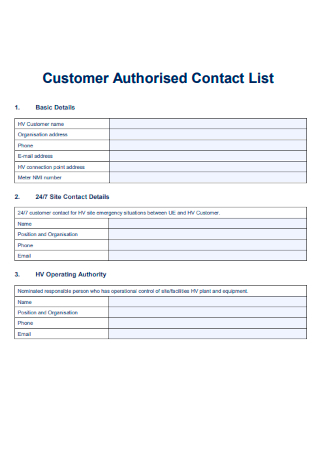
Customer Authorised Contact List
download now -
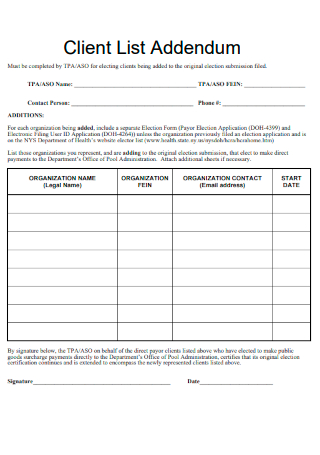
Client List Addendum
download now -
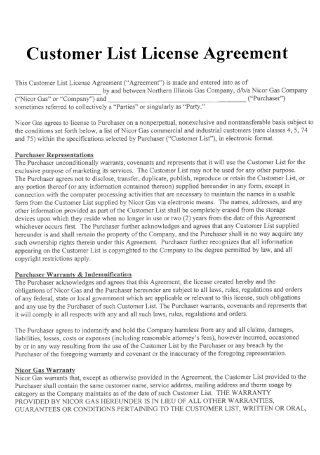
Customer List License Agreement
download now -
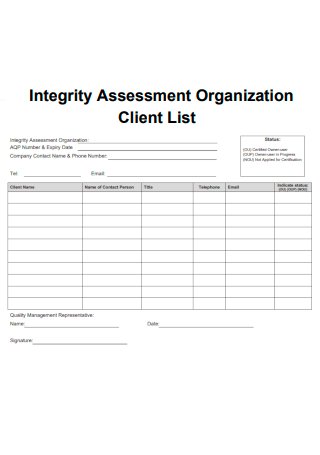
Integrity Assessment Organization Client List
download now -
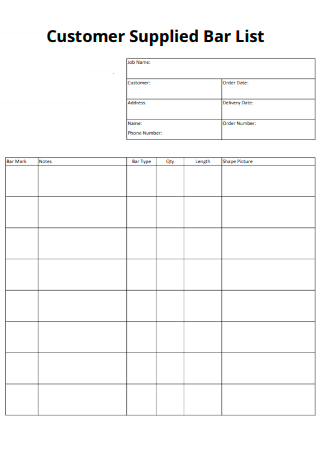
Customer Supplied Bar List
download now -
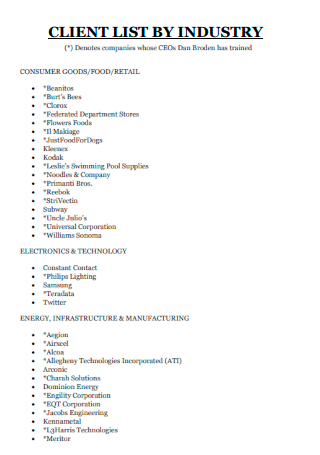
Client List by Industry
download now -
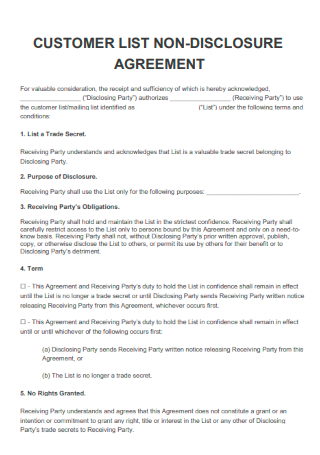
Customer List Non Disclosure Agreement
download now -
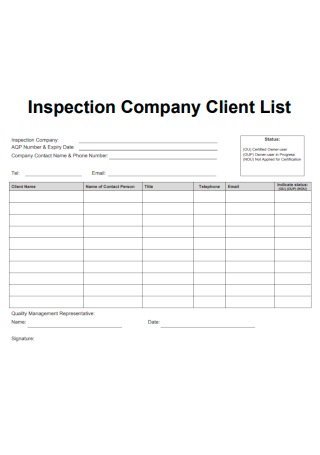
Inspection Company Client List
download now -

Commercial Hauler Customer List
download now -
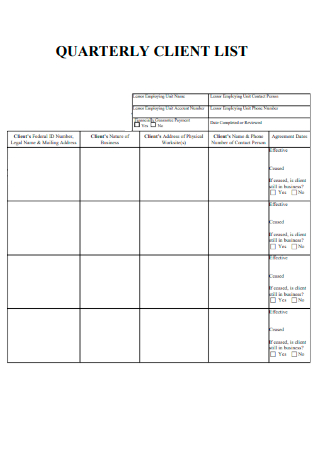
Quarterly Client List
download now -
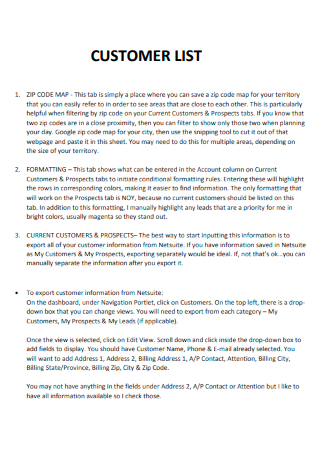
Basic Customer List
download now -
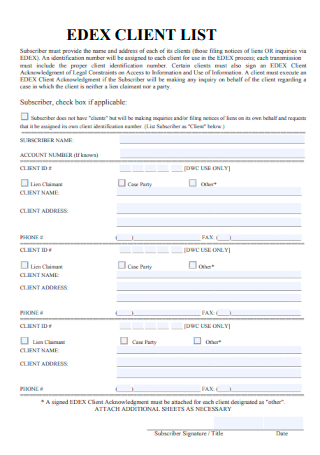
EDEX Client List
download now -
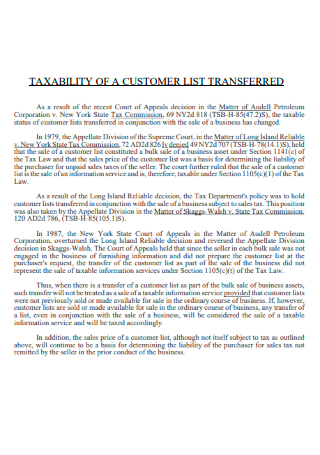
Taxability of a Customer List Transferred
download now -
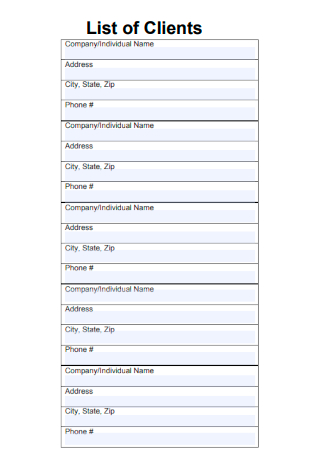
Formal Client List
download now -
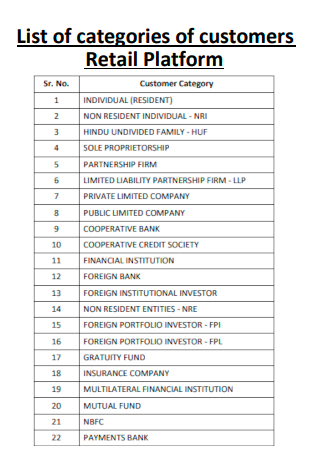
List of Categories of Customers for Retail Platform
download now -
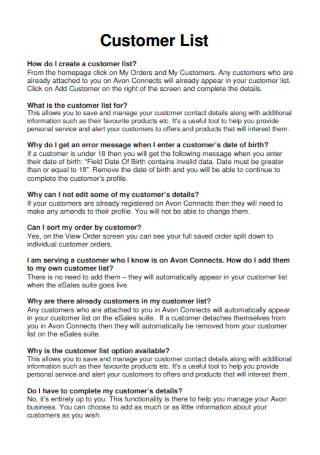
Printable Customer List
download now -
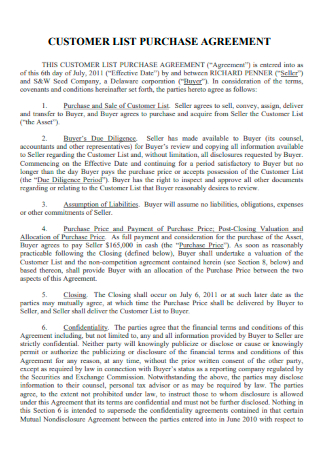
Customer List Purchase Agreement
download now
FREE Client and Customer List s to Download
20+ SAMPLE Client and Customer List
What Is a Client and Customer List?
Types of Clients and Customers
Tips on Handling Customers and Clients
How to Create a Client and Customer List
FAQs
What is a client list?
What is a client and customer?
How do you write a customer list?
What Is a Client and Customer List?
A client and customer list is a comprehensive list that enumerates a firm or company’s customers and clients. The list may contain various information on the client including a customer’s contact details and a client’s transaction history.
According to an online article by HubSpot, statistics show that an overwhelming 89% of consumers are more likely to make another purchase after experiencing positive customer service.
Types of Clients and Customers
In today’s complex and fast-paced market society, there are all kinds of consumers. Over the decades, economic growth has spurred lifestyle changes of many people around the world. It has improved the quality of life for some; but for others, consumer culture came with more negative effects rather than positive. The following examples below describe just some of the common types of customers.
Tips on Handling Customers and Clients
Dealing with different types of customers or clients can be a chore. As discussed previously, there will always be pleasant and difficult clients no matter what industry you work in. But this does not and should not make you powerless to improve your customer’s experience. The following examples are simple tips you can do to deal and relate better with clients or customers.
How to Create a Client and Customer List
To create a client or customer list, it takes keen observation and preparation. If you are looking for editable and reliable templates, you are bound to find a sample list that suits your needs in the collection above. Simply select one that meets your needs and follow the basic step-by-step guide below.
Step 1: Objective
The first step in creating a client list is to identify the purpose or objective behind it. Why do you need to form and maintain a customer list in the first place? What outcome are you expecting from your client list? It is important to always establish the why and the bigger picture; otherwise, you might end up losing sight of what’s really important. Of course, the objective of a client or customer list would depend on the nature of the industry or business. For instance, retail and sales companies may find the need to keep a record of their clients’ contact information. Lastly, avoid making this section too long. It is best to keep your objectives short, descriptive and direct to the point.
Step 2: Format
The next step is deciding on the best format that would work for you. A client and customer list can either be simple and straightforward or it can be heavily detailed. It would depend entirely on you how comprehensive and specific your list will be. A simple checklist, table, or chart would work just fine. Many people prefer to use Microsoft Excel because spreadsheets can help organize your information better. However, you can use other applications as well. If you are still unsure of what format to use, feel free to browse the sample templates above for more ideas.
Step 3: Details
Once you have established a format, you can then begin inputting your preferred details. As mentioned in previous sections, you can include whatever data you think is relevant to your list. A basic customer and client list contains contact details, transaction history and other records or relevant information about the client. Again, it is up to you to decide how detailed or not your customer list will be. In some cases, a customer profile is given to each client on the list. The profile helps businesses and companies study and personalize their approach toward individual customers.
Step 4: Tracker
The last step in creating a client and customer list is installing a monitoring tool. Rarely does a client list remain passive or the same over time. It is important to have a mechanism in place where it enables you to keep track of your clients and their business affairs with you. Usually, as a business expands and grows, so does its client and customer base. Thus, you need to ensure that your client list and customer database is constantly updated and relevant. You also need to make sure that the data you input is accurate and true. Keep your list or spreadsheet organized and orderly so it is easy to keep track of customer information. If you need ideas or help with organizing your client list, use the sample templates as a reference guide.
FAQs
What is a client list?
A client list is a detailed and comprehensive list companies or firms use to keep track of their business clients. It can contain various information such as contact details and transaction history, etc.
What is a client and customer?
A client or customer is someone who does business with an individual or a firm. They engage the services of the latter and usually compensate them for it.
How do you write a customer list?
To write a customer list, you need to establish your main objective and also a clear format. Your list can be as detailed as you want it to be. Make sure to include the customer’s name, contact information and other relevant details. You can refer to the step-by-step tutorial guide above for more detailed instructions on how to create a client and customer list.
Clients and customers are necessary for any business to survive. Keeping a client or customer list can help you stay on top of your business transactions with each client. Browse the wide selection of sample templates above to create and customize your own list today!
